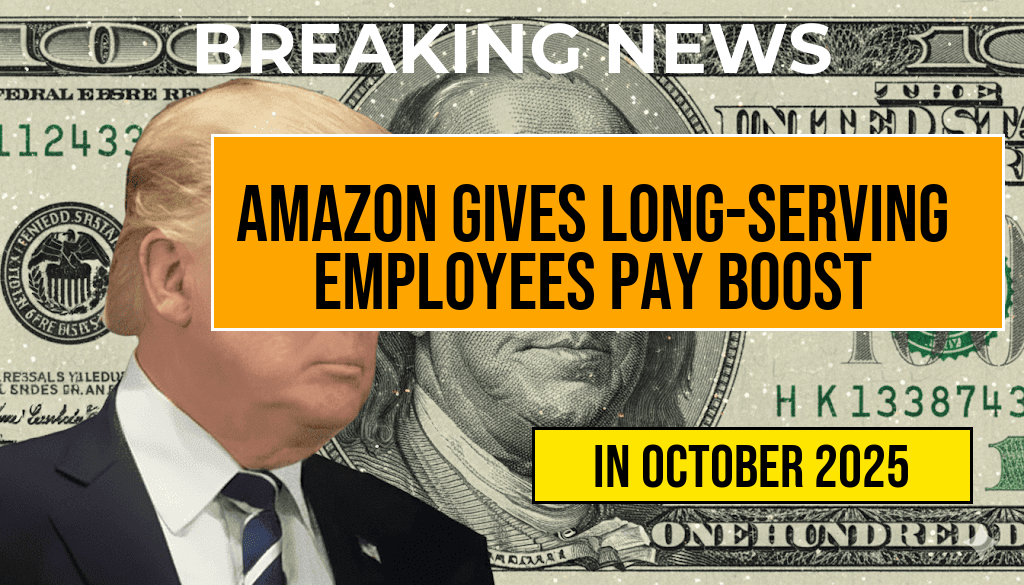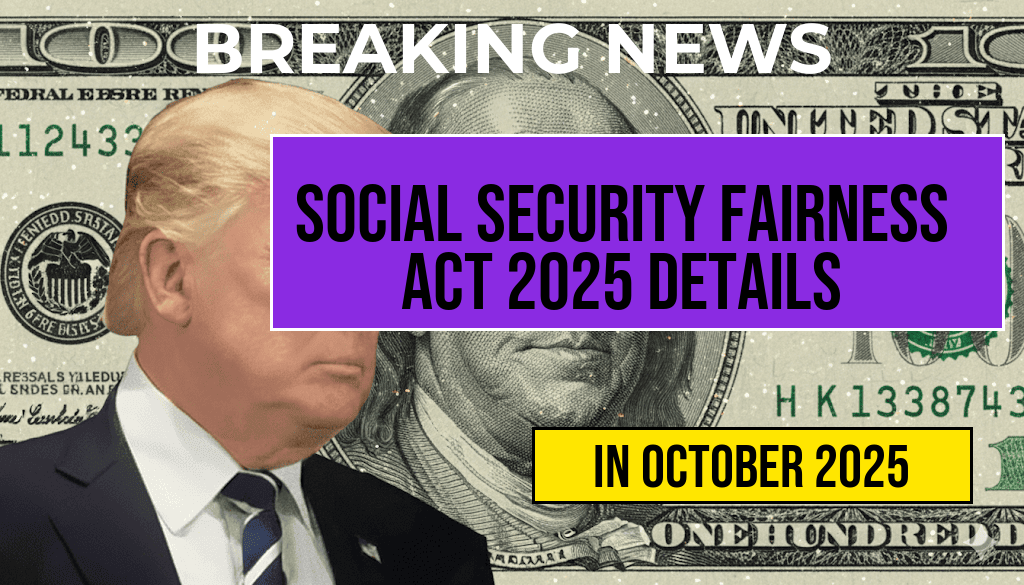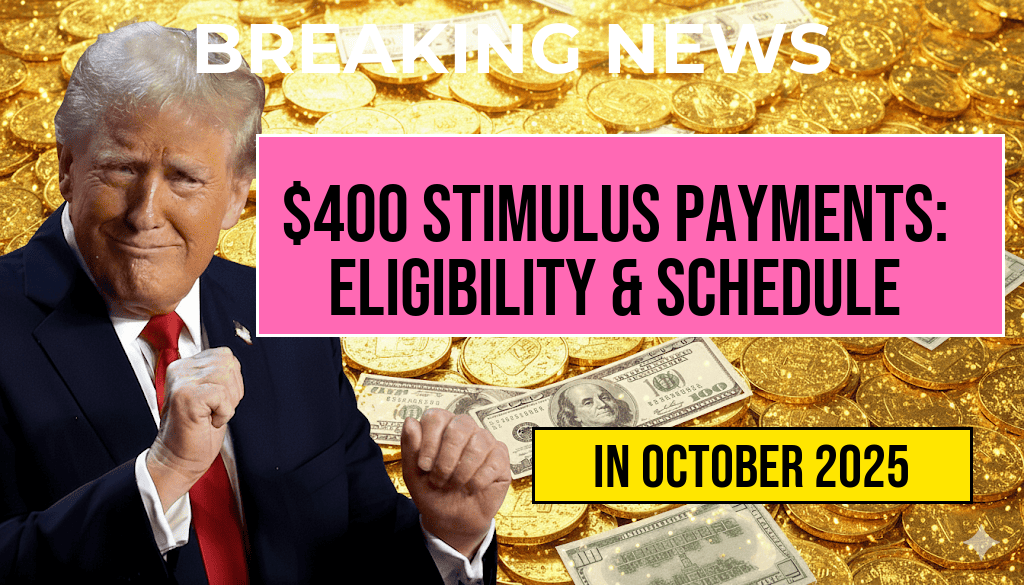California officials have announced a straightforward initiative to provide financial relief to millions of residents, unveiling a program that will deliver direct payments of up to $250 to over 11.5 million households currently benefiting from electric credit programs. This effort aims to mitigate rising energy costs amid ongoing economic pressures, with the state emphasizing minimal administrative hurdles to ensure swift delivery of funds. The initiative is part of broader efforts to support residents facing economic strain, especially those most vulnerable to energy-related expenses. The payments are expected to be distributed automatically, without requiring extensive applications or paperwork, making the process accessible and efficient for eligible households.
Details of the Electric Credit Direct Payment Program
Who Qualifies for the Payments?
- Households currently enrolled in California’s existing electric credit programs aimed at low-income residents.
- Recipients of state energy assistance programs, including those participating in the California Alternate Rates for Energy (CARE) and Family Electric Rate Assistance (FERA) programs.
- Households with annual incomes below specified thresholds, determined by household size and income levels.
Distribution Method and Timeline
The California Public Utilities Commission (CPUC) has confirmed that payments will be automatically processed into eligible households’ bank accounts or prepaid debit cards, based on existing data from utility providers. The payments will be disbursed in phases, beginning in the upcoming months, with the first wave expected within 60 days.
Payment Amounts
| Household Type | Maximum Payment |
|---|---|
| Standard eligible household | $150 |
| Households with additional qualifying factors (e.g., senior citizens, disabled residents) | $250 |
Rationale Behind the Initiative
The state’s move to implement direct payments aligns with efforts to address economic disparities exacerbated by recent inflation and rising energy prices. California has historically prioritized assistance programs for vulnerable populations, and this initiative underscores a strategic focus on minimal administrative barriers to maximize reach. By automating payments, officials aim to prevent delays and reduce administrative costs associated with complex application processes.
Economic Impact and Public Response
Officials estimate that this program will inject approximately $2.8 billion into the economy, supporting households strained by utility bills. Community leaders have welcomed the move, viewing it as a critical step toward alleviating financial stress for millions, especially in underserved communities. Consumer advocates emphasize the importance of transparent communication to ensure eligible households are aware of their benefits and to prevent potential confusion or fraud.
State Budget and Funding Sources
The funding for this initiative is allocated from California’s broader climate and energy resilience budget, which includes federal grants and state revenue. The program represents a targeted investment aimed at reducing energy insecurity while promoting equitable access to essential resources. Detailed budget breakdowns indicate that the initiative is part of California’s comprehensive strategy to combat economic hardship, as outlined in the state’s recent budget proposals (California State Government).
Comparison with Similar Programs
Similar direct payment efforts have been successfully implemented in other states, such as Illinois and New York, where automatic disbursements helped streamline assistance during economic downturns. These programs have demonstrated that eliminating cumbersome application procedures can significantly increase participation rates and speed up relief delivery.
Additional Support Measures
Alongside direct payments, California continues to expand its energy assistance initiatives, including:
- Extended utility payment plans for struggling households.
- Enhanced outreach campaigns to raise awareness about available programs.
- Partnerships with community organizations to facilitate access to aid.
Looking Ahead
State officials are monitoring the distribution process closely to identify and address any logistical issues promptly. They also plan to evaluate the program’s impact on household energy costs and overall economic stability, with potential adjustments based on feedback and observed outcomes.
For more information on California’s energy assistance programs, residents are encouraged to visit the California Public Utilities Commission’s official site.
Frequently Asked Questions
What is the purpose of California’s direct payments to households?
The direct payments aim to provide financial relief to over 11.5 million households receiving electric credits, helping them offset energy costs with minimal effort.
How much will each household receive through this program?
Eligible households will receive up to $250 in direct payments as part of the initiative to support energy affordability across California.
Who is eligible to receive these payments?
The payments are available to households currently receiving electric credits in California, covering more than 11.5 million households that qualify under the program.
When will the payments be distributed to eligible households?
The distribution timeline has not been specified in detail, but the program is designed for minimal effort and swift delivery, ensuring households receive the payments promptly.
What is the significance of this program for California residents?
This initiative provides financial relief to a large portion of California residents, helping them manage electricity costs during times of economic strain with minimal effort on their part.








